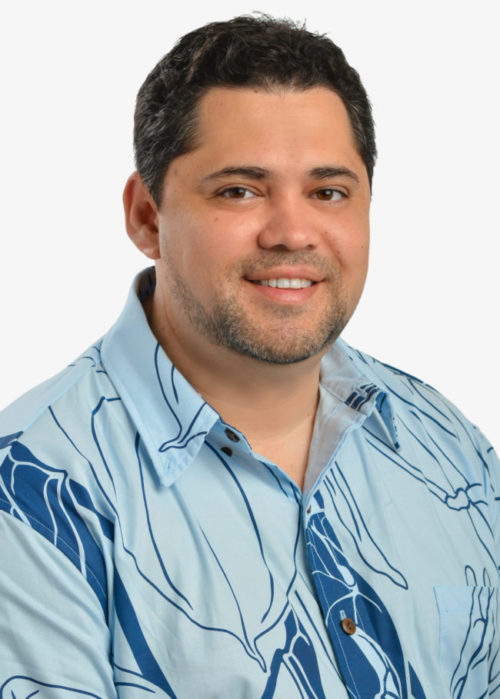
Tell us about the development of LH and how this came about.
In 2015 The Trustees of Liliʻuokalani Trust (LT) directed its CEO and staff to utilize its resources to break the cycle of poverty for Native Hawaiian children over-represented in State systems. Rather than only addressing symptoms, LT Trustees set the organization on an ambitious path to address the root causes of poverty. Given this charge, reviews of data related to the wellbeing of Native Hawaiian youth revealed they have been disproportionately represented in situations that make them vulnerable for continuing cycles of intergenerational poverty.
Specifically, they are:
- Over-represented in the juvenile justice system after the point of first contact;
- Over-represented among homeless youth;
- More likely to be engaged in the foster care system and, consequently, to be faced with the challenges associated with aging out of the system, and;
- More likely to be opportunity youth (young people ages 16 to 25 who are neither in school nor employed).
To provide a physical space to serve this population, LT purchased 1381 Queen Emma Street (now known as Lydia’s House) in 2018. The property includes a four-story mixed-use building with a parking lot on the corner of Queen Emma and South Vineyard streets. This property is centrally located adjacent to Downtown Honolulu and is easily accessible by foot or bus. The building originally consisted of commercial space on the first floor and 18 apartment units.
What is your role with LT and with LH?
After purchasing the property, LT staff engaged in a community design process to strategize a plan for utilizing Lydia’s House, serving our most vulnerable Native Hawaiian youth, and breaking the cycle of poverty. To see through the community’s recommendations, LT made the decision to hire an Executive Director to oversee the program. Formerly the Deputy Director of IHS, The Institute for Human Services and a former beneficiary of the Queen Liliʻuokalani Children’s Center in Kailua-Kona, I was selected to assist with finalizing the construction and renovation plans, develop programs and services, support partners and contractors in developing the youth crisis response system, and to support system-goals associated with youth homelessness, juvenile justice, and foster care efforts on behalf of the Trust.
What are your/LT goals for LH?
Breaking the cycle of poverty for vulnerable Native Hawaiian youth over-represented in State systems, including homelessness, juvenile justice and foster care.
How does the partnership with Hale Kipa strengthen those goals?
Knowing it would take a community effort to truly meet our system and programmatic goals, LT sought a collaborative partner to join us in our mission of breaking the cycle of poverty for our Native Hawaiian youth in crises. LT recognized that Hale Kipa not only has demonstrated impact, aptitude and capacity for direct service delivery in social services and youth programming; our respective organizations share similar histories having risen from unmet challenges, similar philosophies and values with a “yes” mindset, and strong alignment in our missions to serving vulnerable youth. Most notably, over half of Hale Kipa’s youth identify as Native Hawaiian children. As a perpetuate trust with a new focus, the timing and opportunity to partner with Hale Kipa was not only right but meant to happen.
How has LH been received so far by clients and the community?
Opening the transitional housing program at Lydia’s House resulted in 42 Kamaliʻi (Native Hawaiian youth) moving into the facility and becoming our first cohort of residents. It is also the first opportunity that Hale Kipa and Liliʻuokalani Trust have had to collaborate, learn, and deliver effective services together. While Hale Kipa brings a wealth of knowledge and skills to serve this population, Liliʻuokalani Trust has provided resources and cultural-based programming to make our services richer, stronger, and holistic. While we have months (and in some cases years) of work remaining for each Kamaliʻi, our successes have already been reflected in the smiles, comments, actions, lifestyle changes and hearts of our Hawaiian youth, who have the will to succeed, but simply needed the opportunity of Lydia’s House to start their new journey to become thriving Hawaiian adults.




Dr Donna Chung
September 3, 2020 6:55 amConfratulatuions, Kimo. Well deserved. Can’t wait to see how you do as Exec Director!
Aloha,
Donna Chung, M.D.